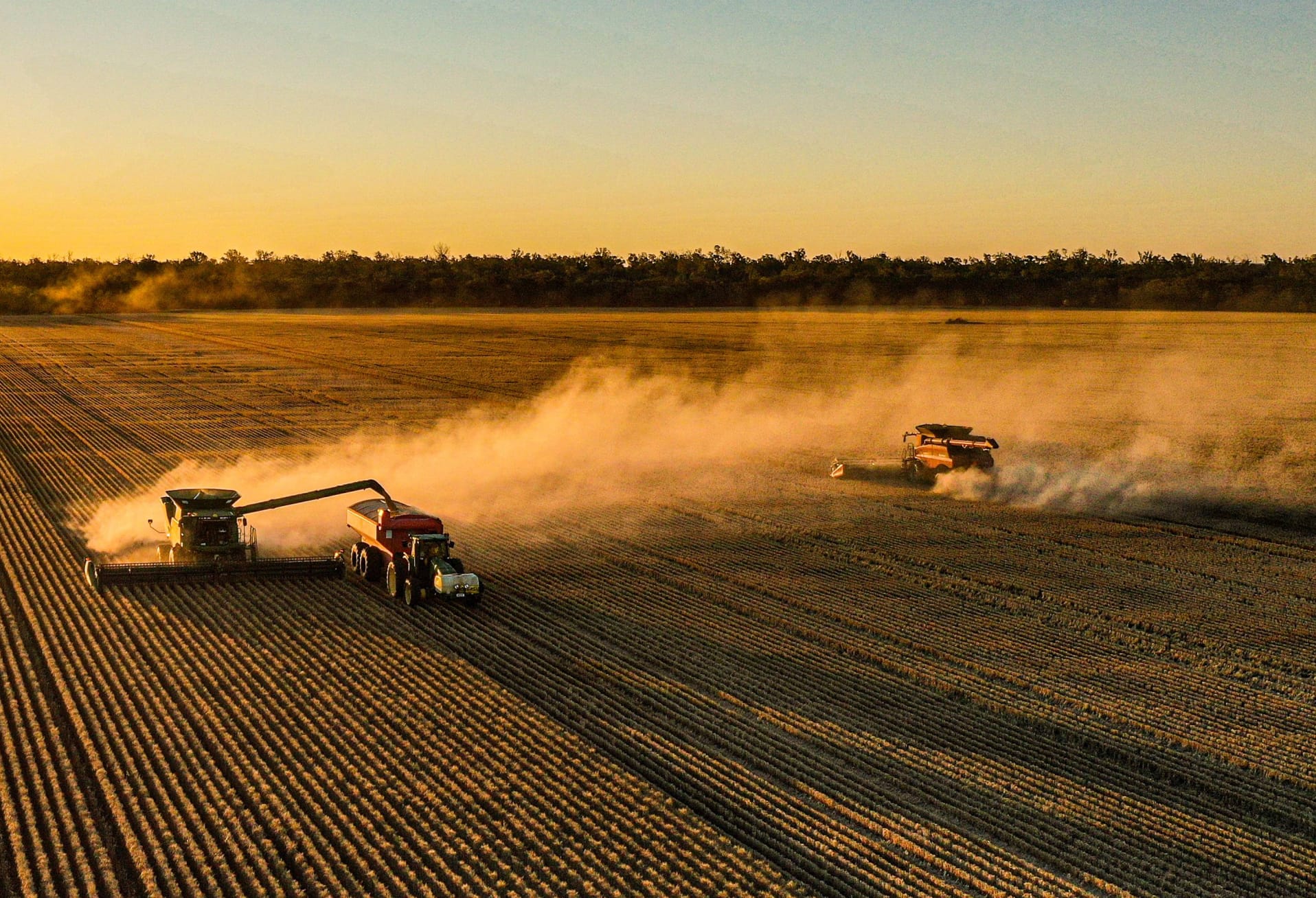If you’ve received wool price discounts for long staple length, or have heard talk of increased wool production with more frequent shearing, you may be wondering if it’s worth shearing twice a year.
Presenting at the Best Wool Best Lamb Conference in Bendigo in June, AgConcepts Managing Director Robert Herrmann advised wool growers to do their research before considering more frequent shearing.
“The ideal wool length is between 70 to 90mm long. Discounts that are applied for wool lengths shorter than 65mm and longer than 110mm are often at similar levels and are fairly small,” he said.
Despite wool growers being told that their wool lengths are too long, Mr Herrmann suggests the market data isn’t supporting this.
“If it were the case, shorter wool would attract a premium. Instead, serious discounts exist for staples less than 63mm, but are negligible for longer staples including 17-18 micron staples in the 35-39 Newtons per kilotex range,” he said.
However, discounts for wool lengths shorter than 58 mm or greater than 120mm can be significant. It’s better to avoid producing these lengths unless you have a proven marketing plan.
There are a many factors to consider with more frequent shearing, including management, production benefits and risks, and covering costs.
Plan your shearing program over a few years to ensure it fits with sheep management, other farm operations and availability of shearers. You may choose to shear twice a year, shearing every six months, or alternatively seven months followed by five months. You may also wish to consider shearing three times over two years.
Mr Hermann indicated anecdotal reports suggest sheep will grow more wool with improved staple strength, wool will be whiter and belly wool and pieces will be reduced with twice year shearing.
Additionally, associated animal health benefits suggest reduced flystrike, no need for crutching – particularly in non-mulesed flocks, reduced ewe deaths and increased lamb numbers.
Extra costs incurred from more frequent shearing include additional labour required for another shearing and an increased risk of short wool discounts. Ensure there is an off-set increase in income to cover these increased net costs.
The decision needs to be considered in the context of the whole farm operation, but quantifying benefits is difficult as little research has been done to assess different operations, regions and growing seasons. Understanding your own system and planning for the long term will be critical if considering incorporating an additional annual shearing into your farm business.













